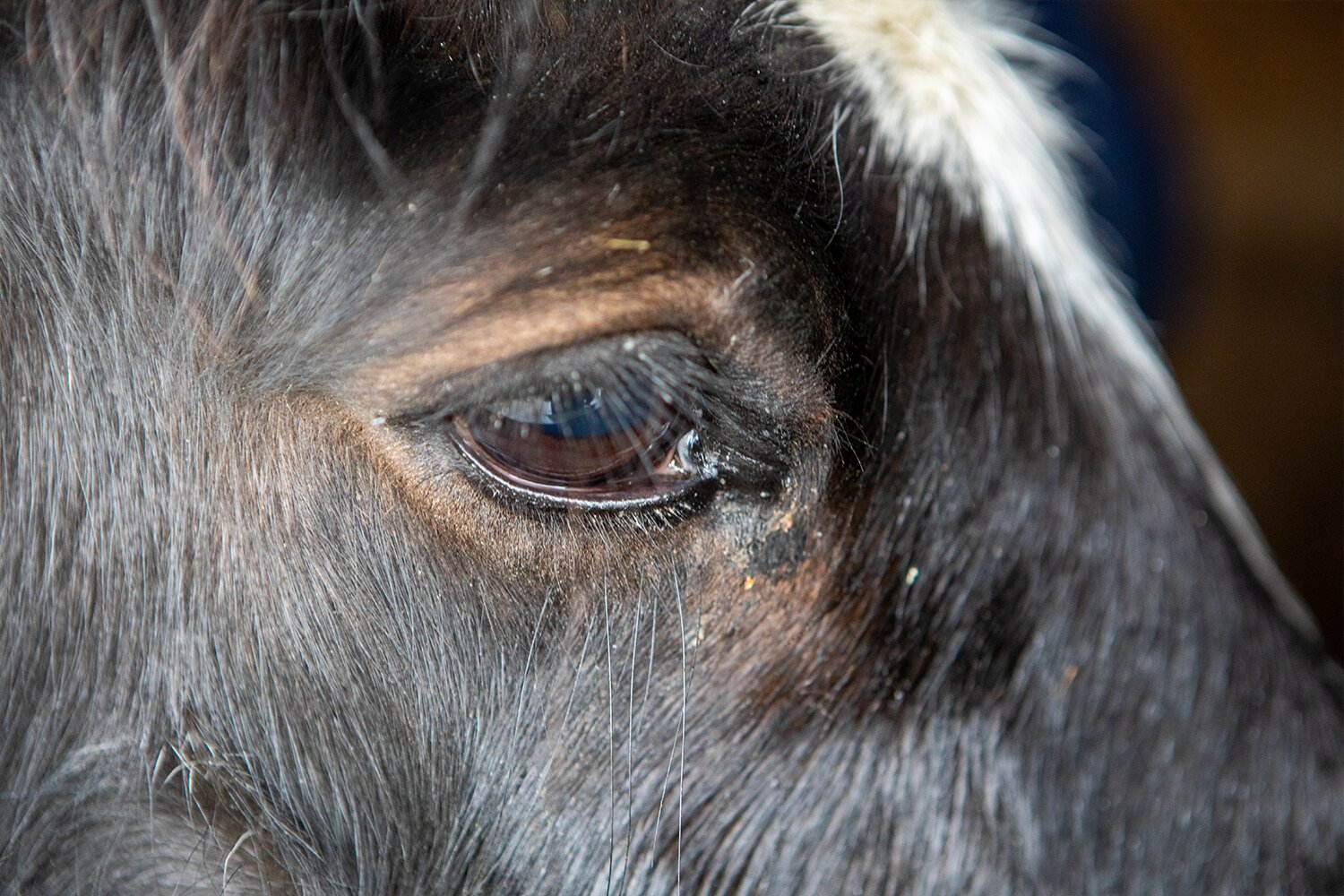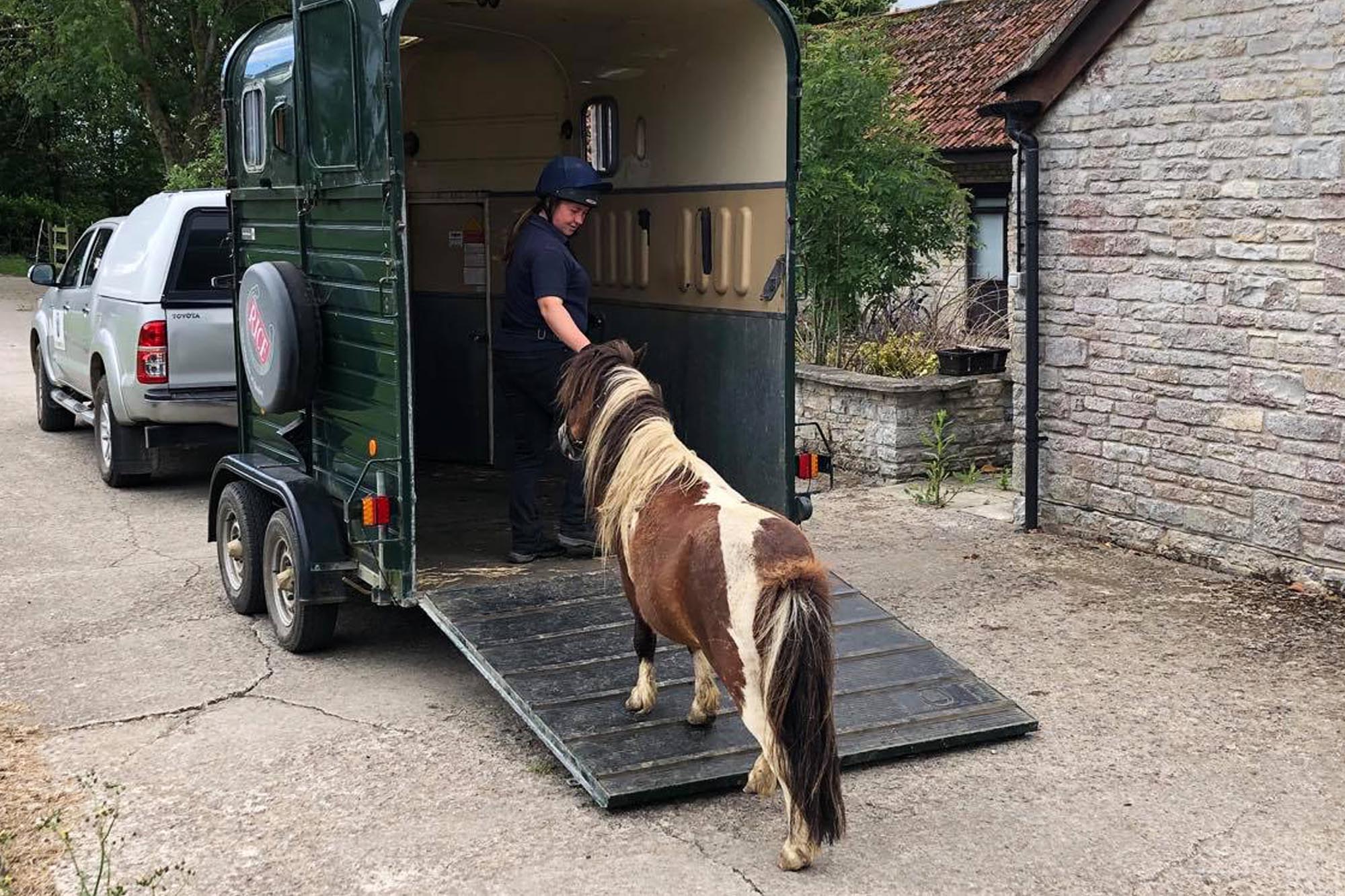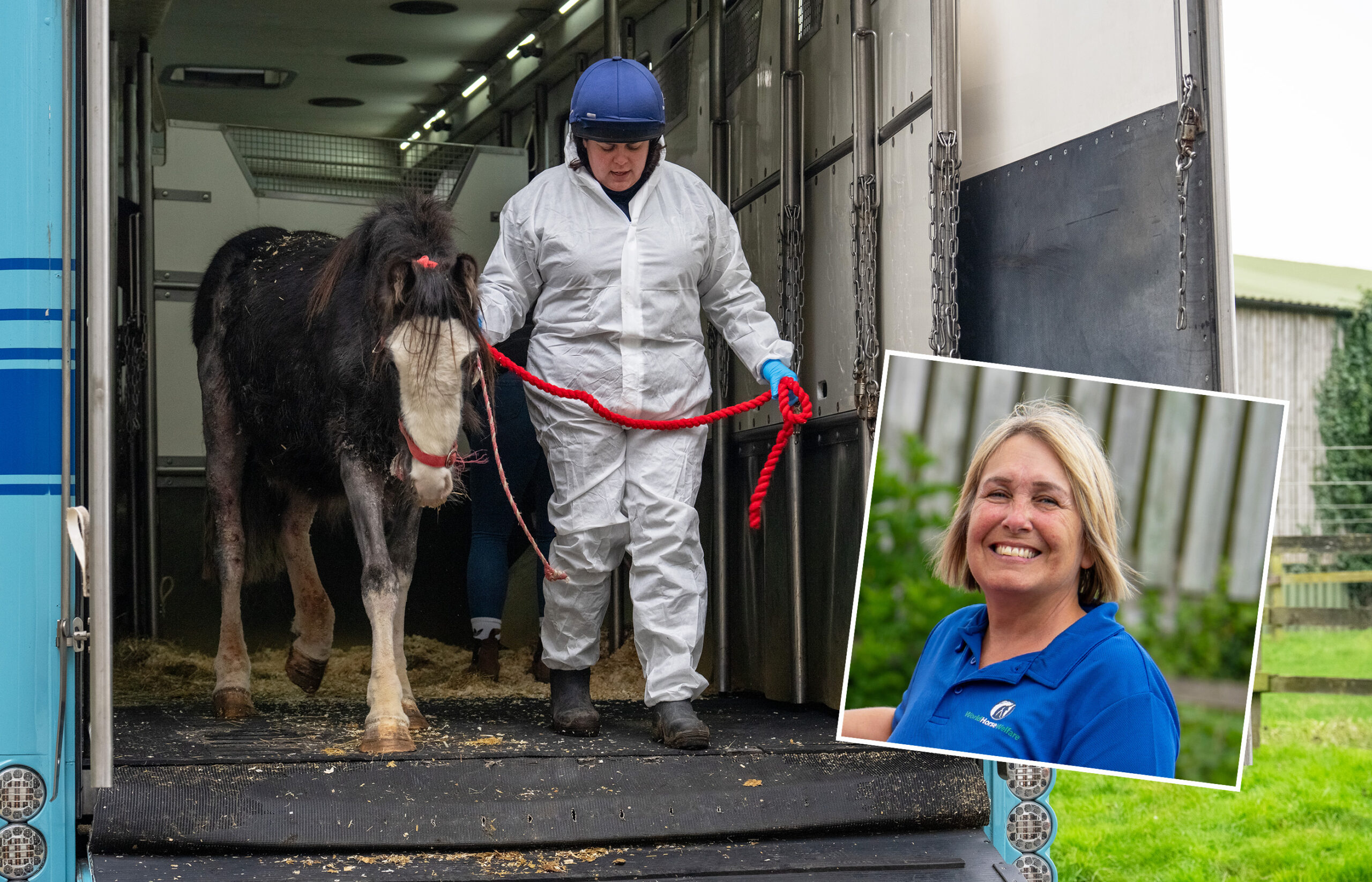Horses Explained explores how reproductive hormones can influence behaviour
Vet and reproduction specialist James Crabtree explains the horse’s reproductive system and how hormones affect behaviour.
Posted on 22/08/2025

In the seventh episode of ‘Horses Explained,’ available on our Education YouTube channel, equine vet and reproduction specialist James Crabtree shares insights into the equine reproductive system and the associated behavioural aspects, shaped by the horse’s natural behaviours and cycles in the wild.
How the time of year affects the horse’s reproductive hormones and behaviour
A horse’s reproductive hormones are “ultimately the primary driver [of behaviour],” explains James. “Stallions can breed all year round, but there’s a natural phase which is all related to the gestation period of the mare. They will generally go a little bit quieter over the winter, which is parallelled in the mares, and then their main activity peaks in the spring and the summer. That’s all related to the gestation period of the mares, which is 340 days. [Naturally], certainly in the north of England, [mares will] probably spontaneously start ovulating in about the middle of April.”
With the reproductive cycle driven by changes in daylight hours, a mare would normally stop cycling over winter if not in foal. However, James explains that the way many horses are kept now has altered this, with some mares continuing to cycle all year round. “There are lots of factors that cause the stimulation of the reproductive cyclic activity. Melatonin levels [increased by longer daylight hours] are the primary driver, but there are other things like stress, body condition, social stresses, [and] physical stresses which can all contribute to when the mare actually will start cycling,” explains James.
“Mares [who are] kept warm during the winter [and] fed well, they don’t necessarily experience the same negative influences as wild horses – and some of those mares will cycle all year round, or they’ll have a very short period of inactivity around November, December, January.”
While horses are naturally driven to display certain behaviours due to their reproductive hormones, owners may find some of these actions – such as a mare stopping outside other horses’ stables to pee when in season – inconvenient. “A lot of the problems we, as veterinarians, deal with in clinical practice are related to the undesirable reproductive behaviours,” says James. “People always assume that a mare is difficult because she’s in season and actually that’s not always the case. Sometimes a mare can be a little bit more receptive to instructions or ridden work and quieter on the ground when she’s in season.”
The impact of stress during equine pregnancy and weaning
Owners who do choose to breed from their mare may worry about her losing the foal, but James explains that the equine pregnancy is generally very secure. “There’s lots of perception that stress can cause abortion [in mares] but actually there’s very little evidence to support that,” he says. “However, in the last ten and even five years, we’re learning that stress on the individual [mare] affects the genetic expression of the offspring [so] it’s really important to reduce those stressors.”
As well as potentially having a significant impact on the foal’s genes during the pregnancy, stress can cause both mental and physical damage at weaning. James explains that in the wild foals would wean naturally and learn vital social skills from other horses in the group. When carried out abruptly in a domestic setting, “there’s a very high injury rate around weaning, when either the mother is trying to get back to her foal or the foal is trying to get back to its mother,” explains James. “So, trying to keep all of that smooth, so that you don’t leave mental scars on the foal and the mare is important. There’s lots of different opinions and strategies on how one can achieve that.”
The remaining episodes in the second series of ‘Horses Explained’ will cover the hoof, with farrier Jay Tovey, and then the whole horse, with vet and equine behaviour specialist Gemma Pearson. All episodes released so far can be viewed on our ‘Horses Explained’ page.
Topics
Related News

Recognising Trauma in Horses: A Neuroscience Perspective
Webinar: On Wednesday 13 March at 7pm we will be discussing all things trauma related.

Tiny Pam highlights potentially uncertain future of foals
Pam's future is safe, but we're urging would-be breeders to consider whether they can guarantee a home-bred foal a secure future for life.
Recommended Blog Posts

Celebrating World Animal Day
We catch up with some of the World Horse Welfare family to find out what working with horses means to them.

Preparation and practice: key aspects to loading and travelling your horse safely
Research and Education Officer Alana Chapman shares expert advice on how to give your horse the best chance of loading and travelling safely and calmly.

The Trafficked 20 – life in our care
Our Hall Farm Manager fills us in on how the horses rescued from illegal smuggling have settled into our care and continue to recover.
Enjoy reading stories like this?
Join over 65,000 other horse lovers and sign up for our email newsletter

Join over 65,000 other horse lovers and sign up for our email newsletter
Sign me up now